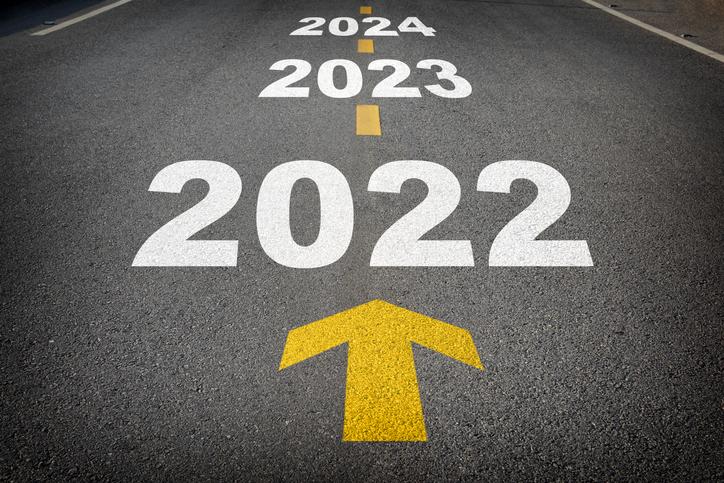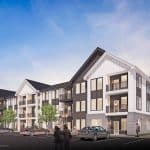Source: Bankrate —
It’s been a wild real estate ride over the last few years. After a red-hot market characterized by bidding wars, low interest rates and elevated prices, mortgage rates increased to the highest level in 20 years, leading to a slowdown of both buying activity and purchase prices. Yet, with inventory still low, home price tags remain high in many parts of the U.S.
There are plenty of predictions about where the housing market is going in 2023. But what about farther out? After all, buying a home often requires long-term planning. We asked several residential real estate experts to peer into their crystal balls and give us a five-year forecast of the housing market. Here’s looking at you, 2027.
The current housing market
But first, a a snapshot of the residential real estate scene, as of autumn 2022.
- Home sales price: The median existing-home sales price rose 8.4 percent from one year ago, to $384,800, according to September 2022 data from the National Association of Realtors (NAR). For new homes, the current average sales price nationwide is $470,600 — up around 14 percent from a year ago, says Danushka Nanayakkara-Skillington, assistant vice president, forecasting and analysis for the National Association of Homebuilders (NAHB).
- Inventory: Though higher than it was in January 2022, the supply of homes remains historically low, says NAR Chief Economist and Senior Vice President of Research Lawrence Yun. The inventory of unsold existing homes was at a 3.2-month supply in September 2022.
- Days on the market: With inventory still tight, homes continue to sell quickly. In September 2022, the median number of days on the market for sold homes ranged from 13-23, depending on the price, according to the September NAR data. In a more typical market, it’s 45 days, says Yun.
- Homes sold: Fewer existing homes are selling nationwide. According to the September NAR data, during 2022, the seasonally adjusted total figure dropped from 6.49 million in January to 4.71 million in September. Meanwhile, sales of new single family houses in July 2022 were at a seasonally adjusted annual rate of 511,000—which is 29.6 percent lower than in July 2021, says the U.S. Census Bureau and the Department of Housing and Urban Development.












